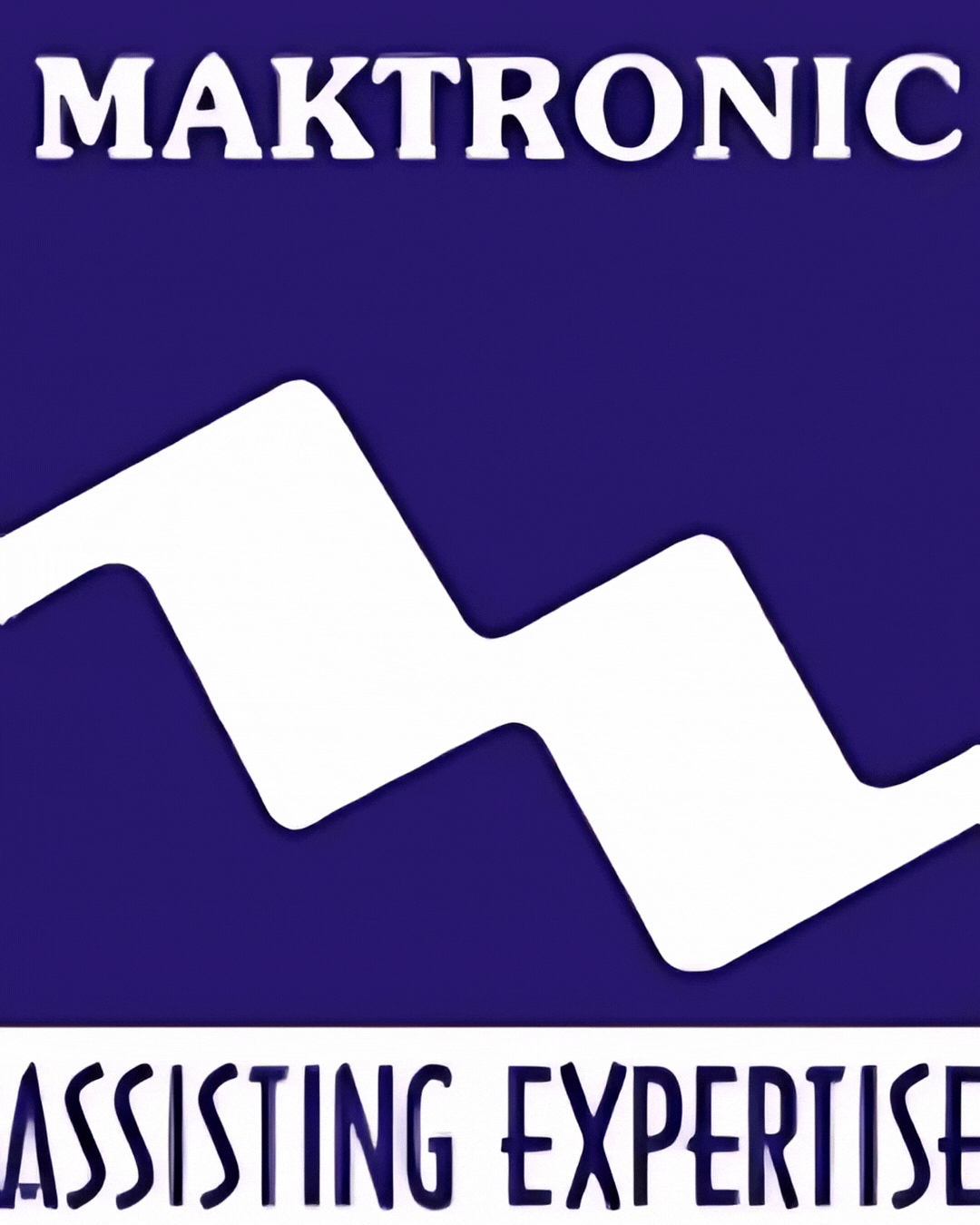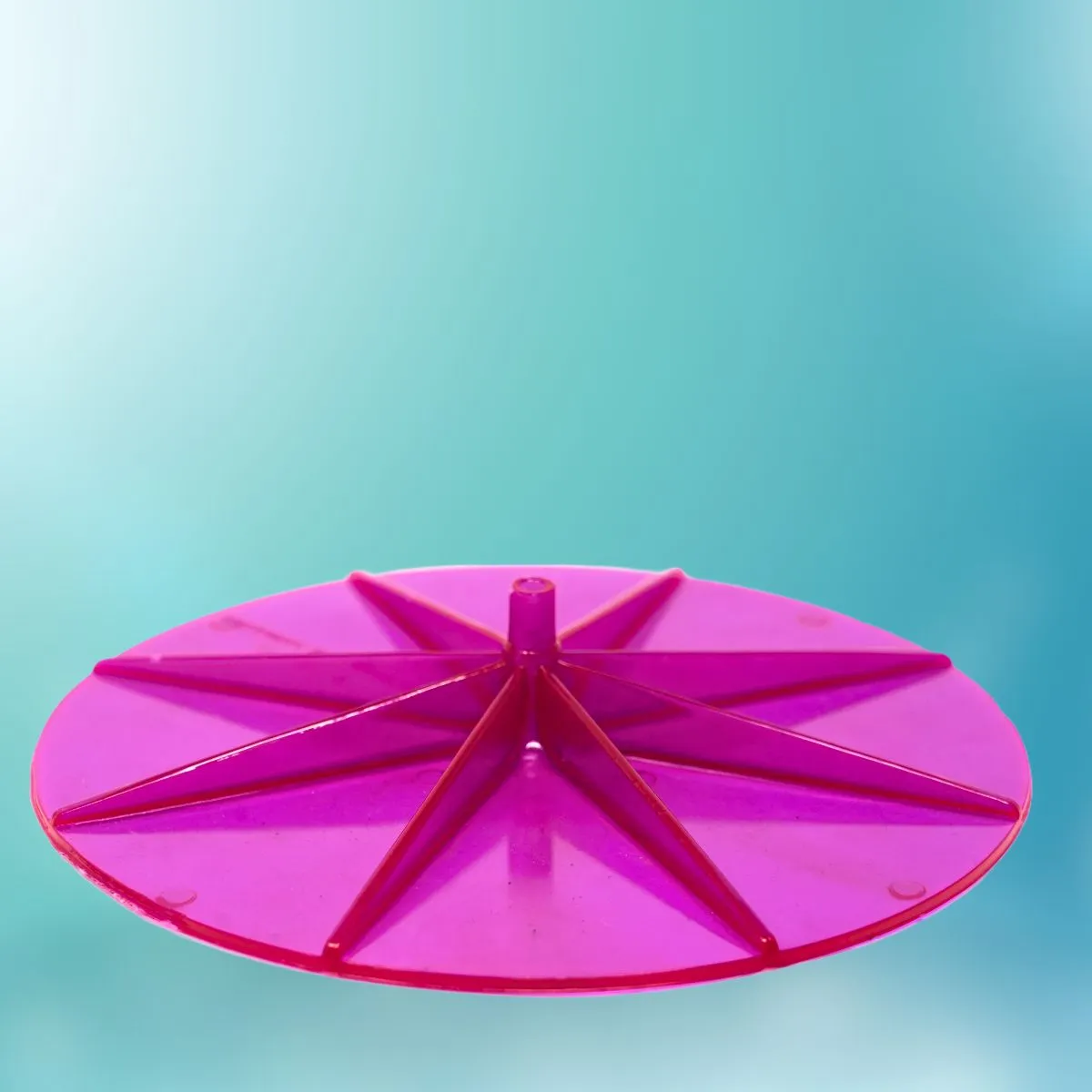FLOOR SCUTION
Description
Floor suction is a medical device commonly used in orthopedic surgeries and healthcare settings to remove fluids, debris, and contaminants from the floor or surgical environment, ensuring a sterile and safe area for procedures. The device is typically designed with a powerful motor and a suction mechanism, which is connected to a flexible hose and collection canister. It is employed in operating rooms, recovery areas, and emergency settings to keep the floor and surrounding area clean, particularly during procedures where fluids like blood, irrigation solutions, or other bodily fluids may accumulate.
Function and Mechanism:
Floor suction works by using negative pressure (suction) to draw fluids, debris, and waste from the floor into a canister or reservoir. This helps maintain a clean environment in the operating room, reducing the risk of contamination, cross-infection, or accidents. The suction is typically activated by a foot pedal, switch, or automatic sensor, allowing healthcare professionals to operate the device hands-free or with minimal effort.
The suction system includes a vacuum pump, which creates the necessary negative pressure, a suction hose, which is flexible and can be directed to specific areas on the floor, and a collection canister where the waste is stored until it can be disposed of appropriately.
Importance in Orthopedic Surgery:
-
Maintaining a Sterile Environment: In orthopedic surgeries, particularly those involving joint replacements, fracture repairs, or soft tissue procedures, maintaining a sterile operating room is critical to prevent infections. Floor suction helps remove any fluids, debris, or foreign objects that might contaminate the sterile field, contributing to a safer surgical environment.
-
Preventing Slips and Falls: The accumulation of fluids on the floor can create hazardous conditions, increasing the risk of slips, falls, and injuries for both patients and surgical staff. By efficiently removing excess fluids from the floor, floor suction helps minimize these risks, promoting a safer environment.
-
Enhancing Surgical Precision: In orthopedic surgeries, especially those that involve small incisions or detailed bone and joint work, a clean operating area enhances the surgeon's ability to see and work clearly. Floor suction helps to keep the surgical area free of distractions and fluid accumulation, allowing for better visibility and more precise interventions.
-
Post-Surgical Cleanliness: After surgery, particularly in procedures like joint replacements or spinal operations, the floor suction device helps maintain cleanliness during recovery, ensuring that any fluids or waste products from the procedure are promptly cleared from the area.
Applications in Orthopedic Procedures:
-
Joint Replacements: During joint replacement surgeries, especially hip or knee replacements, floor suction can help clear fluids from the area, maintaining a sterile environment and improving visibility for the surgical team.
-
Fracture Fixation: In surgeries to fix fractures, floor suction aids in removing blood and other fluids from the surgical site, which allows the surgeon to work more efficiently and reduces the risk of post-operative infections.
-
Spinal Surgery: In spinal procedures, maintaining a dry and clean environment is critical, and floor suction helps remove any excess fluids or debris that might interfere with the operation.
-
Soft Tissue Repair: In orthopedic procedures involving the repair of muscles, ligaments, or tendons, floor suction helps clear away bodily fluids, ensuring the surgeon can work in a clean and controlled space.
Benefits:
-
Infection Control: By removing fluids and debris from the operating room floor, floor suction contributes to a cleaner environment, reducing the risk of post-operative infections and improving patient outcomes.
-
Safety: Reducing the amount of fluid on the floor lowers the likelihood of accidents, such as slips or falls, ensuring that the surgical team and patient remain safe throughout the procedure.
-
Efficiency: By quickly clearing the floor of unwanted fluids or debris, floor suction allows the surgical team to focus on the procedure itself, without having to worry about managing the mess that can accumulate during complex orthopedic surgeries.
-
Reduced Cross-Contamination: The suction system helps ensure that any fluids or contaminants do not spread beyond the surgical site, reducing the risk of cross-contamination in other parts of the operating room or hospital.
Considerations:
-
Proper Disposal: The collected fluids or waste must be properly disposed of following hospital protocols to prevent contamination or infection from fluid waste.
-
Regular Maintenance: The suction device needs to be regularly cleaned and maintained to ensure it functions efficiently and remains free of blockages, which could hinder its performance during surgeries.
-
Noise and Size: Floor suction devices can be noisy, and in some environments, the size and placement of the equipment may need to be carefully considered to ensure it does not interfere with other medical devices or procedures.
Conclusion:
Floor suction is an indispensable tool in orthopedic surgery and other medical settings, providing an effective solution for maintaining a clean, sterile environment during procedures. By removing fluids and debris from the floor, it ensures that the operating room remains free of contaminants, reduces the risk of slips and falls, and enhances surgical efficiency. Its use in orthopedic surgeries, such as joint replacements, fracture repairs, and spinal operations, helps improve patient safety and surgical outcomes, making it a critical component of modern surgical practice.


